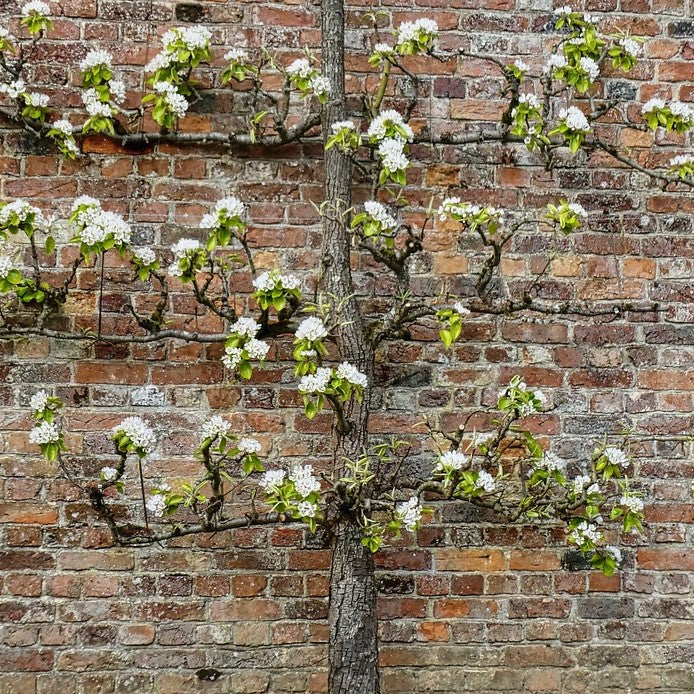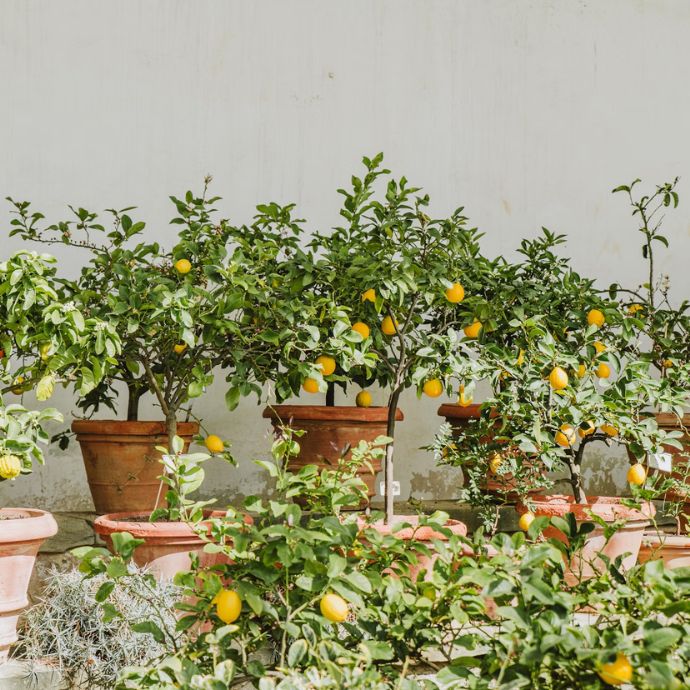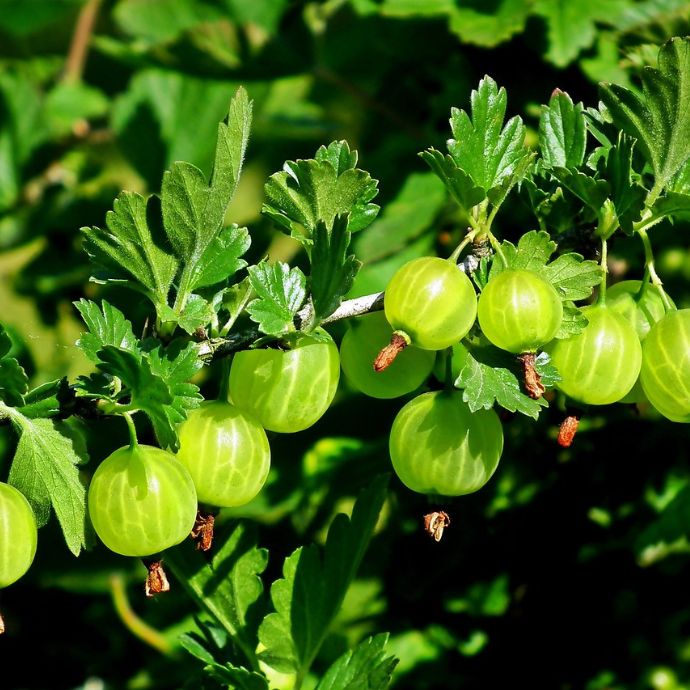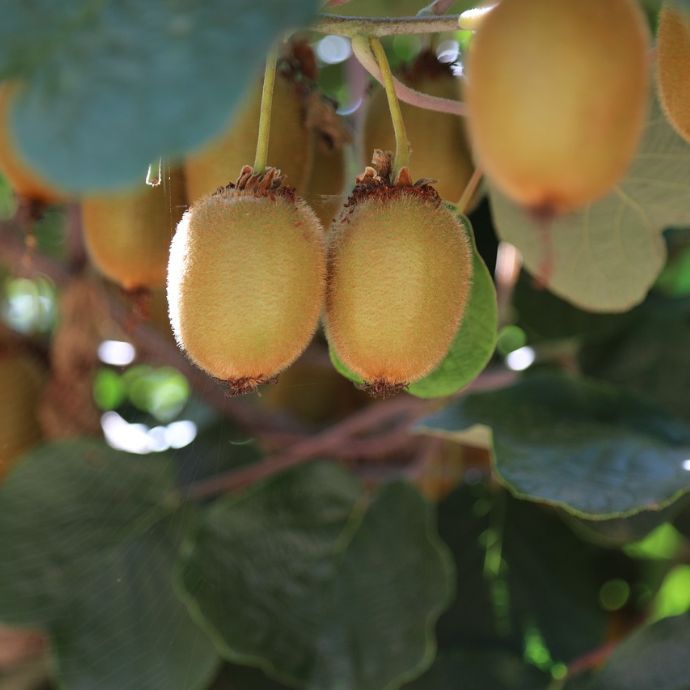Advice & Inspiration
Pruning Raspberries: The Complete Guide
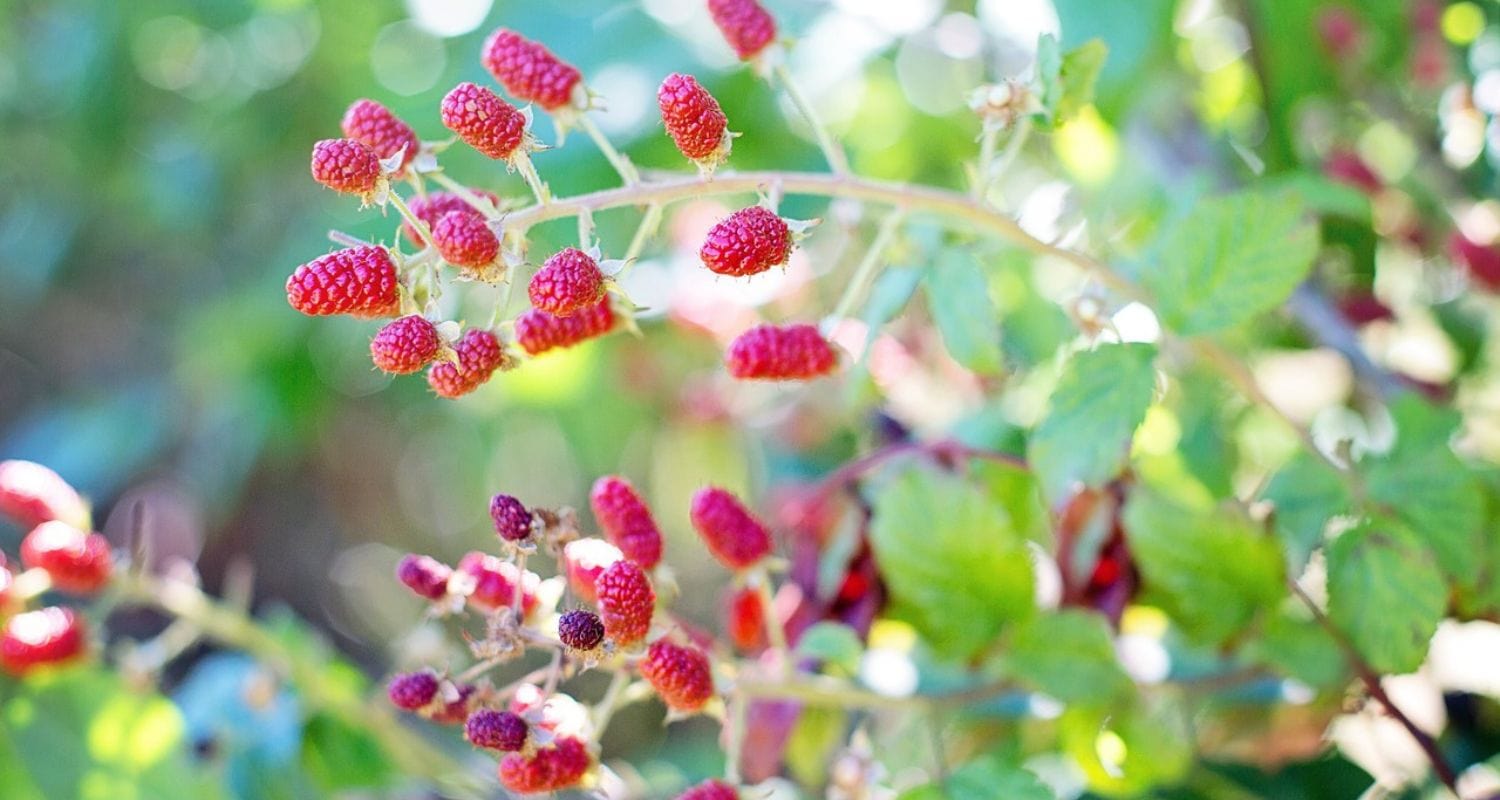
The taste of a plump, juicy raspberry fresh from the bush is hard to beat. Making a sticky jam, pavlova or crumble with these fine fruits is just as rewarding – and tasty! But if you’re growing your own raspberry plant(s) then you need to know how to prune them properly to keep on getting delicious berries year after year.
Don’t worry, though, we’ve got you covered. In this comprehensive guide, we’ll walk you through everything you need to know about keeping your raspberry canes trimmed and in tip-top shape, including both how and when to prune. Starters, ready your secateurs!
Jump to:
- The benefits of pruning raspberries
- The different types of raspberries
- How to prune summer-fruiting raspberries
- How to prune autumn-fruiting raspberries
- Best pruning practices
The benefits of pruning raspberries
Pruning your raspberry plant at the appropriate time helps keep it productive and healthy; a well-pruned plant will keep bearing plentiful quantities of fruit, while a poorly-managed plant may over time lose some of its fruiting capability.
Overgrown, congested raspberry plants will have worse circulation and therefore be more prone to problems like raspberry cane blight. Basically, there are only upsides to keeping your raspberry plants well-pruned! Also, a pruned plant is a tidy plant, and who doesn’t love a well-kept garden?

The two different types of raspberries
Raspberries can, broadly speaking, be split into two categories: summer-bearing and autumn-bearing (also called ever-bearing). The main difference between the two types is fairly self-explanatory – the clue is in the name – but the other big difference is the type of wood they fruit on.
Summer-bearing raspberries fruit on the previous year’s growth (floricanes). Autumn-bearing raspberries produce fruit on the current year’s growth (primocanes). This is the major contributing factor going towards their pruning needs. So, how do you prune the two different types?

How do you prune summer raspberries?
When?
You should prune your summer raspberries once they’ve finished fruiting, typically this is at some point during September. Note that this is also the time you should prune both loganberries and tayberries.
How?
Cut the woody, fruited stems down to near ground level. These stems will be closer to brown in colour as well as being a bit less flexible (and more brittle) than the new growth. Take care not to cut the young, supple, green stems as these are going to be what fruits the following season.
Once you’ve removed the older canes, you should just be left with the new growth. Lovely stuff. You might still need to thin these canes out a tad if any of them look congested or just a bit meagre. Ideally, you want around 15-25cm between each cane (that’s 6 to 10 inches in old money).
Tie-in your new canes to your wire support, then sit back in smug satisfaction knowing that, next year, you’ll get a bumper crop of fresh raspberries ready to devour – one for the trug, one for the mouth…
How to prune autumn raspberries
When?
Late winter or early spring is a good time to prune your autumn-bearing raspberries, and unlike summer-fruiting raspberries, there’s no need to differentiate between cane types. Your plant(s) will be also dormant at this time and thus pruning is less likely to cause issues with subsequent growth or development.
How?
All you need to do is take your pruning shears, loppers or secateurs and cut your raspberry plant’s canes right the way down to the ground. This will remove last year’s canes – those which bore fruit – leaving ample room for new growth to take their place. That’s it! Your raspberry plant will send up new canes during the growing season and these will bear fruit the same year.

Best practices for pruning raspberries
Use sterilised shears
A good tip for any pruning, and not just raspberry pruning, is to sterilise your secateurs or shears. Good pruning hygiene mitigates against certain diseases and viruses, while uncleaned shears can often end up being the vector through which these problems spread.
Watch out for suckers
Raspberry plants put out suckers which are little shoots that pop up nearby your raspberry plants, which can be nice if you want your plant to spread and multiply, or annoying, if you’re trying to keep your fruit/veg patch nice and tidy.
For smaller suckers, gently tease them out of the ground, taking care not to overly disturb your raspberry plant’s root system. For larger, more established suckers, cut them as close to the base of the growth as is possible. You can stick your suckers in pots to propagate and gift them to your friends!
Prune in good weather
Whether you’re pruning summer-fruiting or autumn-fruiting raspberries, it’s worth waiting for a dry, fair day, weather-wise. Why? Pruning wounds heal more quickly in good weather and reduces the risk of disease transmission.
Consider mulching post-pruning
It’s always a good idea to give your raspberry plant a nice mulch after you’ve pruned it, to help suppress weed growth, retain moisture and enrich the soil somewhat. A good option for mulching is garden compost or Strulch.

Final thoughts
Now you know how to prune your raspberry plants to maximise yields and promote greater overall plant health. If you want to find out about growing raspberries more generally, check out our comprehensive guide!
